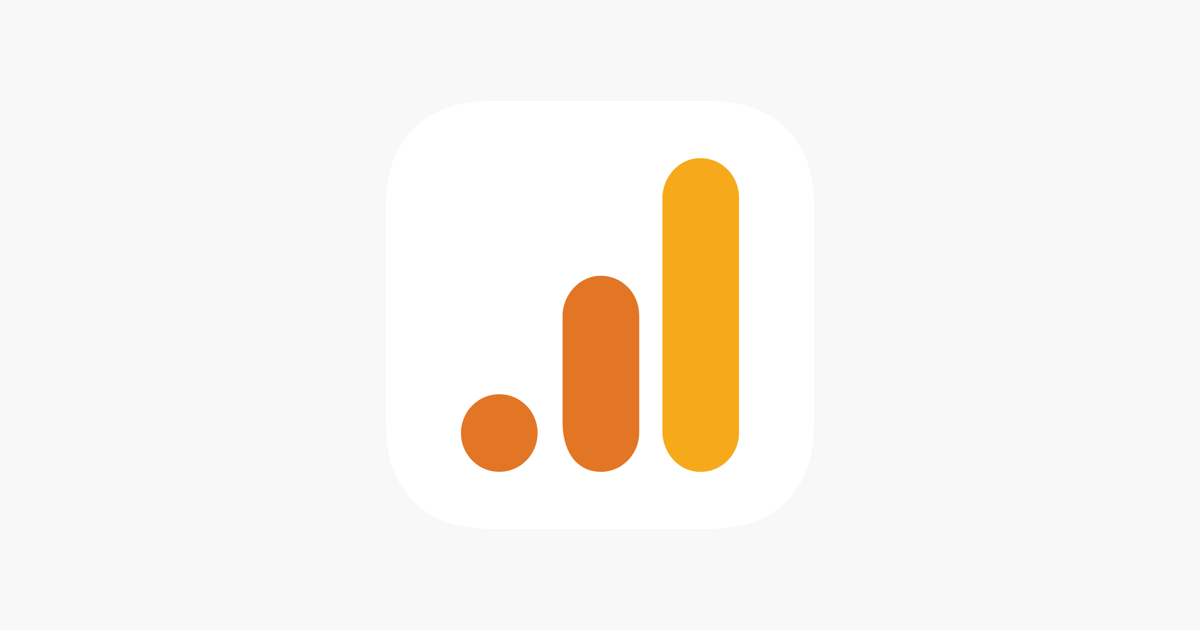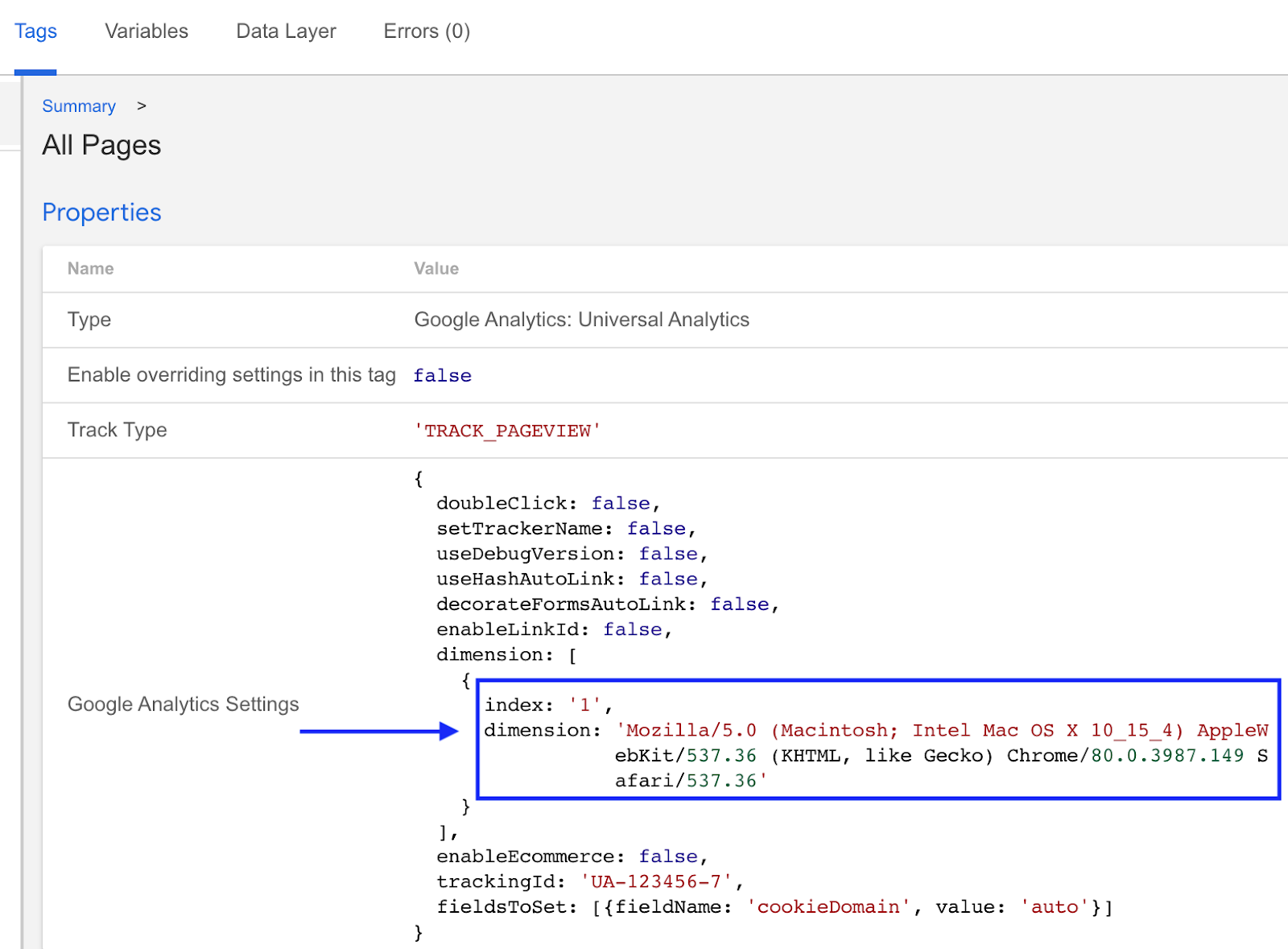- Download Google Analytics for PC/Mac/Windows 7,8,10 and have the fun experience of using the smartphone Apps on Desktop or personal computers. Description and Features of Google Analytics For PC: New and rising Business App, Google Analytics developed by Google LLC for Android is available for free in the Play Store. Before we move toward the installation guide of Google Analytics on PC using.
- Get to know the Mac desktop. At the top of the screen is the menu bar and at the bottom is the Dock.In between is what’s called the desktop.The desktop is where you do most of your work. You can change the look of your desktop by customizing the desktop picture and by choosing a light or dark appearance for the menu bar, desktop picture, Dock, and built-in apps.
- The Google Analytics app helps you monitor your websites on your Mac. With this app, you can: 1) Check key metrics in built-in reports 2) Compare date ranges and apply segments 3) Monitor real-time data 4) Explore in order to build your own reports with any combination of metrics, dimensions and segments that you care about.
- Google Analytics App For Mac Desktop Computer
- Google Analytics App For Mac Desktop Free
- My Account Google Analytics
Measure your app’s performance and get unique insights with data you won’t find anywhere else using App Analytics, Sales and Trends, and Payments and Financial Reports. Available in App Store Connect, these tools are included with Apple Developer Program.
Note:The Firebase SDKis the recommended method to track iOS apps. You can also useTag Manager + Firebaseto track them. If you choose to use Google Analytics Services SDK for iOS,continue with this guide. For more informationon methods to track Android apps, seeMeasurement options for mobile apps.This guide shows how to add Analytics to your iOS app to measure user activityto named screens. If you don't have an application yet and just want to see howAnalytics works, take a look at oursample application.
Note: Beginning with version 3.16 of the Google Analytics for iOS SDK, Xcode 7.3 or higher is required.Analytics uses CocoaPods to install andmanage dependencies. Open a terminal window and navigate to the location of theXcode project for your application. If you have not already created a Podfilefor your application, create one now:
Open the Podfile created for your application and add the following:
Save the file and run:
This creates an .xcworkspace file for your application. Use this file for allfuture development on your application.
Initialize Analytics for your app
Now that you have the configuration file for your project, you're ready tobegin implementing. First, configure the shared Analytics object insideAppDelegate. This makes it possible for your app to send datato Analytics. You’ll do the following:
- Include the necessary headers.
- Set the Analytics tracker inside
didFinishLaunchingWithOptions. - Replace
YOUR_TRACKING_IDwith your own Analytics tracking ID, likeUA-47605289-8. - Send exceptions and logging info (optional).
To do these changes, first add Analytics inside AppDelegate:
Then, override the didFinishLaunchingWithOptions method toconfigure Analytics:
Add screen tracking
Here you’ll send a named screen view to Analytics whenever the user opens orchanges screens on your app. Open a View Controller that you'd like to track, orif this is a new application, open the default view controller. Yourcode should do the following:

- Add the required headers:
- Use a
viewWillAppearmethod or function override to insert screen tracking. - Provide a name for the screen and execute tracking.
UIViewControllerUIViewController if you want to differentiate between screenviews for your app in Analytics. All activity recorded on the shared trackersends the most recent screen name until replaced or cleared (set to nil).Next steps
- Read the Mobile App Implementation Guide to learn how to use Google Analytics to measure user interactions and answer questions about app usage.
- Review additional configuration options such as sampling, testing and debugging, opt-out settings, etc.
- If required by your app, enable optional features such as Enhanced Ecommerce, IDFA (Identifier for Advertisers), and iAd install campaign measurement.
Measure your app’s performance and get unique insights with data you won’t find anywhere else using App Analytics, Sales and Trends, and Payments and Financial Reports. Available in App Store Connect, these tools are included with Apple Developer Program membership and require no technical implementation.
App Analytics
Find out how customers discover and engage with your app.
App Store Performance
See how many users discover your app while searching or browsing on the App Store, and find out which apps and websites bring customers to your product page. You can also measure the percentage of views of your app on the App Store that result in a first-time download. This data provides insight into how your marketing efforts and metadata changes affect downloads.
Marketing Campaigns
Measure the performance of your marketing campaigns across channels, such as social media, email, and paid advertising, so you can focus on the campaigns that are most effective. Track downloads from Smart App Banners in Safari and cross-promotion in apps that use StoreKit to display your product page. Create unique links for each marketing campaign, so you’ll understand your average spend per user and know which campaigns drive the most downloads.
App Engagement and Usage
Track a variety of user engagement metrics, find out if users continue to use your app, and view the number of installations, sessions, and active devices. This information allows you to evaluate the impact of product changes, such as adjustments to the onboarding experience or the addition of special in-app content. View crash and deletion data by platform, app version, and operating system version to pinpoint potential causes and create a better user experience.
Paying Users
View the number of unique paying users by day, week, or month. The daily number of unique paying users can help you assess whether changes you make impact user spending within your app. Filter sales per paying users by source to learn the average spend per user from a particular campaign, app, or website.
Sales and Trends
Get daily data to understand your app’s performance and forecast your sales. Download reports with additional data to conduct deeper analysis.
Subscription Activity
View the number of active paid subscribers, subscribers that continue renewing, subscribers that convert to a standard price from an introductory price, and more. See how many new customers subscribe each day, as well as daily subscription sales, reasons a subscription has been cancelled (including billing issues and price increases), and more. You can also filter this data by metrics, such as app, subscription,and other metrics to analyze performance.
Business Performance
View data for first-time downloads of your apps, initiated sales, initiated pre-orders, and estimated proceeds. You can also filter data by date ranges, transaction types, subscription offerings, territories, and other metrics.
Google Analytics App For Mac Desktop Computer

Payments and Financial Reports
Google Analytics App For Mac Desktop Free
View your final proceeds for each month, with earnings broken out by territory and currency. See the rates used to convert your earnings from local currencies (when available) and any taxes and adjustments applied. You can also download more detailed reports of all transactions, including the number of units sold per app or in-app purchase, for the month.
Getting Started
My Account Google Analytics
To get started, sign in to App Store Connect. These tools are available to the following roles: Account Holder, Admin, Sales, and Finance.